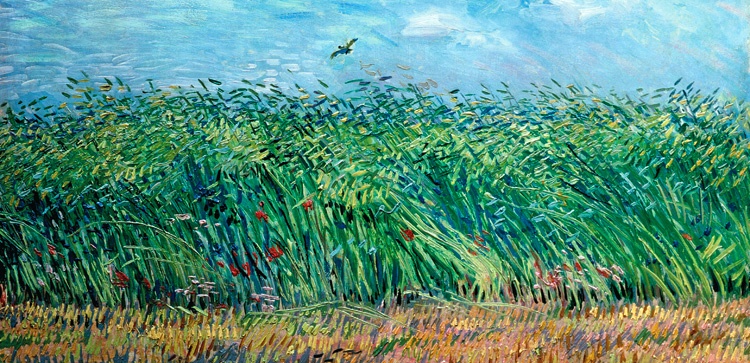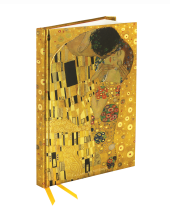
Vincent van Gogh (1853-90) was an unbelievable artist, who had an incredible relationship with nature. He was able to capture the essence of the flowers, trees, fields and any natural landscape that he was painting, as well as the feelings it evoked in him. The Clark Art Institute in Williamstown, Massachusetts is holding an exhibition on Van Gogh and Nature until the 13th September. In celebration, we are going to explore some of Van Gogh's most impressive natural works.
The Swamp
Van Gogh began his interest in nature very early in his artistic life, and because of this the differences between his early works and those that came later are quite noticeable. The Swamp was conceived in the spring of 1881 when Van Gogh returned to the Netherlands and lived with his parents in Etten for a short time. From there he travelled to a marsh called Passiervaart and set up to draw the landscape. He used ink and graphite to create very fine details, especially in the foreground of the painting where even reflections in the water have been executed with very fine precision.
It was around 1886 when Van Gogh moved to Paris and his works changed dramatically. He had a new sense of what he wanted to achieve and his skill with colour really came to life. Van Gogh's paintings in particular began to explore the feelings and energies of the nature he was capturing.
The Wheatfield Behind Saint Paul’s Hospital With a Reaper
Van Gogh worked on a series of paintings called The Wheat Field from his hospital room at Saint Paul's Hospital. He could see a field of wheat with the Arles mountains beyond and he painted 12 landscapes, each with more intensity than the next. In September 1889 he worked on The Wheatfield Behind Saint Paul’s Hospital With a Reaper and wrote to his brother about it: 'I see in this reaper – an undefined figure, struggling in the intense heat like the devil to finish his work – I see him as an image of death in the sense that the humans are the corn that is being cut down. So it is, if you will, the opposite of the sowing that I tried earlier. But this death is not sad, it takes place in bright light with a sun that covers everything with a light like pure gold.'
In the painting you can see the Reaper that Van Gogh talks about, as well as the heat he mentions being brought to life from the large brushstrokes of red, orange and yellow. Set against the cool blue of the mountains behind the heat is more intense in the field and it is easy to feel the 'light like pure gold' encompassing everything in the field.
Road with Cypress and Star
During his year-long stay in hospital Van Gogh was also able to produce a lot of works, and this painting – Road with Cypress and Star, painted in May 1890 – was the last one. Van Gogh had admitted to his brother that he had become obsessed with cypresses and had been thinking about a night time painting of the tree for two years.
Many of Van Gogh's paintings of trees leave off the very top, as if Van Gogh was in awe of the tree and felt that the height and power of it could not be fully captured. This would also fit with readings of the tree as representing death, which Van Gogh is said to have very much had on his mind at this time, as he was convinced he was soon to die.
For much more detail on the life and works on Vincent Van Gogh, make sure you take a look at our title Vincent Van Gogh: Masterworks. Packed with insightful biographical information and stunning, full-page reproductions of his paintings, this is a must own for any art lover. Click here to see the book on our website. Or, click here for Amazon.
Links
- For more blogs about Van Gogh, click here.
- A Dutch man was recently arrested for trying to sell a fake Van Gogh painting. Click here to read the full story.
- For a deeper look at Vincent van Gogh's The Wheat Field with a Reaper click here.





